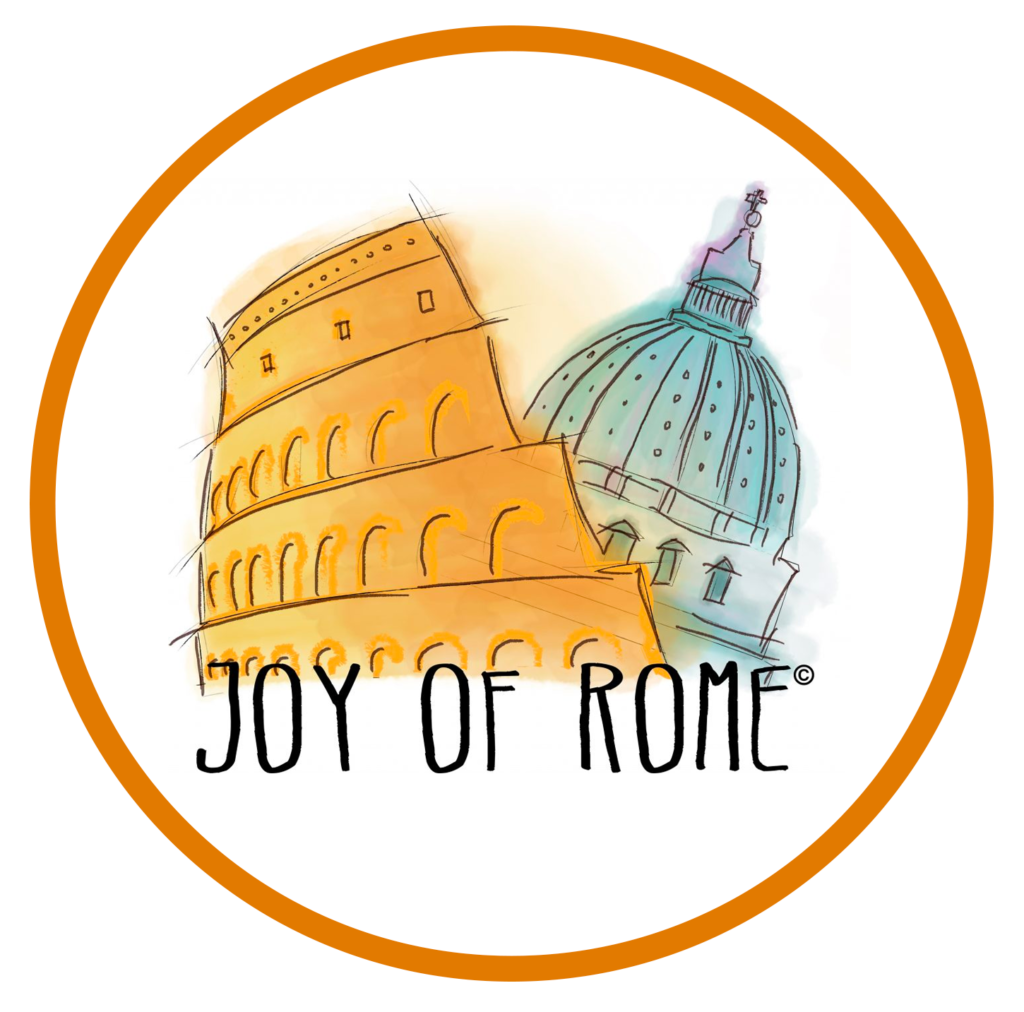The Roman coffee landscape is aromatic and diverse, but can confuse the uninitiated. Explore it like a pro and discover the Eternal City’s offerings.
With plans for a Starbucks to hit Milan in 2018, the already intricate web of Italian and Roman coffee standards will be thrown into confusion. While the arrival of the international chain will no doubt please travellers who seek a taste of the familiar, caffeine purists and cultural enthusiasts may not clap for the Frappuccino’s debut in the peninsula.
While Rome is heralded as a popular destination for art, architecture, lifestyle and history, its coffee game is also globally renowned. However, it provides a lot more than the acclaimed cappuccino. For newcomers to the city, the famous beverage represents a frothy tip of a far-reaching and delectable iceberg.
Before diving into a caffeine-fuelled adventure, let’s sort out some terminology.
Italians hit the bar for their coffee
In Rome and in the rest of the Italy, a coffee house is referred to as a “bar”. While alcohol is also legally offered in these venues, locals frequent them for an energising boost of caffeine from morning to evening. However, the type of coffee they order will change depending on the time of day.
Although it’s becoming more commonplace to find modernised bars whose decor features cosy couches and more outlets for electronic devices, traditional ones offer the core basics of simple tables and chairs.
Furthermore, the concept of franchised coffee houses isn’t popular in Rome, and most bars are independently ran. Therefore, don’t expect loyalty cards, gift cards, or branded goods. The skilled and talented baristas are enough to take care of you.
To make things more fun and confusing the term for coffee, in particular an espresso, is “caffè”.
What time is it? Coffee time!
Different times of the day will require different types of Roman coffee.
Romans typically don’t indulge in a hearty breakfast. Rather, the morning calls for the cappuccino’s dense crown of milk to gently fill the stomach.
While not as commonplace, a caffelatte can also be imbibed. Be sure to order it by its full name, however. Simply requesting a latte will result in a wholesome, yet underwhelming glass of milk.
Both beverages are usually accompanied by a cornetto, a pastry that resembles a croissant.
Keep in mind that the cappuccino and caffelatte are avoided after midday. The logic for this behaviour lies in their warm and heavy milk content, which can interfere with digestion following a big meal.
Resembling a diminutive version of the cappuccino, one small exception to this rule is the caffe macchiato. Translated into “spotted”, macchiato refers to the small dollop of milk above a shot of espresso.
The Roman Coffee Codex
Although the cappuccino is the Queen of Caffeine in many parts of the world, Rome proffers a rich and fragrant variety of coffee choices.
Almost all of them can be enjoyed by themselves, or after a meal. Once again, digestion plays a key role in how Roman coffee is consumed, as the caffeine serves an an aid to breaking down food.
Caffè – as mentioned earlier, “caffè” refers to coffee. When requested in a bar, the barista will prepare an espresso. However, it’s not uncommon to hear locals asking for a caffè and an espresso interchangeably.
Caffè Corretto – meaning “corrected coffee”, this little beauty supplies a shot of espresso spiked with either grappa, Sambuca, or sometimes brandy. Normally sipped after dessert, it’s the ultimate digestive aid for those epic Roman dinners that require elasticated pants.
Caffè Lungo – a “long’ espresso brewed with more water than a standard serving.
Caffè Ristretto – a “limited” or “restricted” espresso that’s basically the opposite of a caffè lungo. This is a type of espresso prepared with less water than usual, and isn’t for the faint-hearted.
Caffè Americano – the closest thing you’ll get to a filtered coffee, this is a shot of espresso diluted with hot water. While the US and UK will offer white Americanos that come with milk, the ones in Rome are usually served black.
Caffè Shakerato – a chilled reprieve from the blistering summer months, it’s made up of freshly brewed espresso combined with sugar and ice, before being shaken and served.
Caffè Affogato – another summer favourite, this traditionally counts as a dessert. Featuring a scoop of vanilla ice-cream “drowned” by a shot of hot espresso, it can also be consumed as a refreshing treat after traipsing in the hot Roman air.
As you can see, Romans are passionate about their coffee, and their diverse portfolio of relevant beverages reflects that. For them, coffee presents an energising ritual that also lends itself to the consumption of food. Through assisting in digestion it ensures that important meals of the day can be experienced with both pleasure and efficiency.
To discover even more about the Roman approach to coffee and food, explore Joy of Rome’s selection of ten food tours for expert cultural insight and also watch our video about MOKA!
